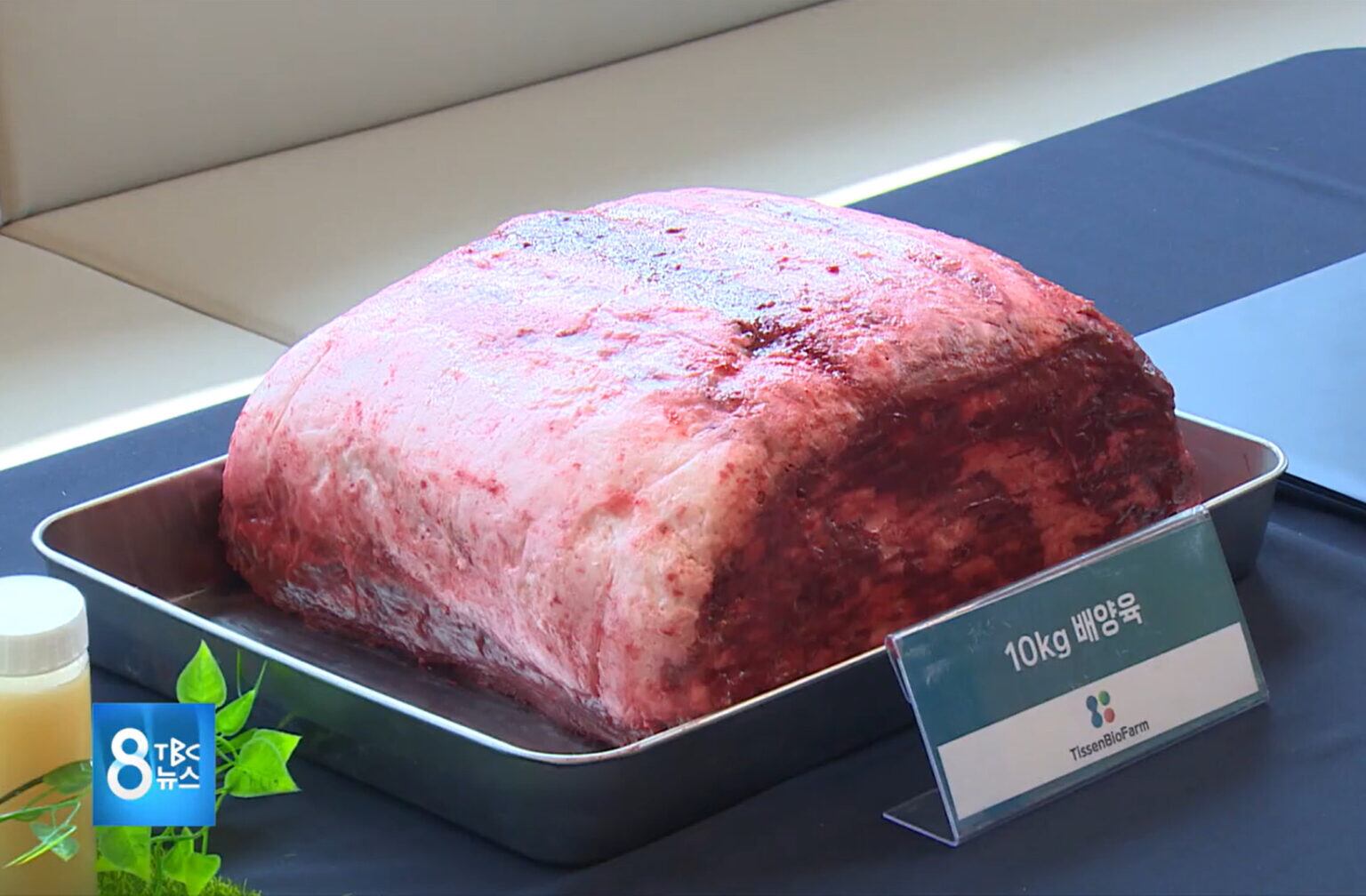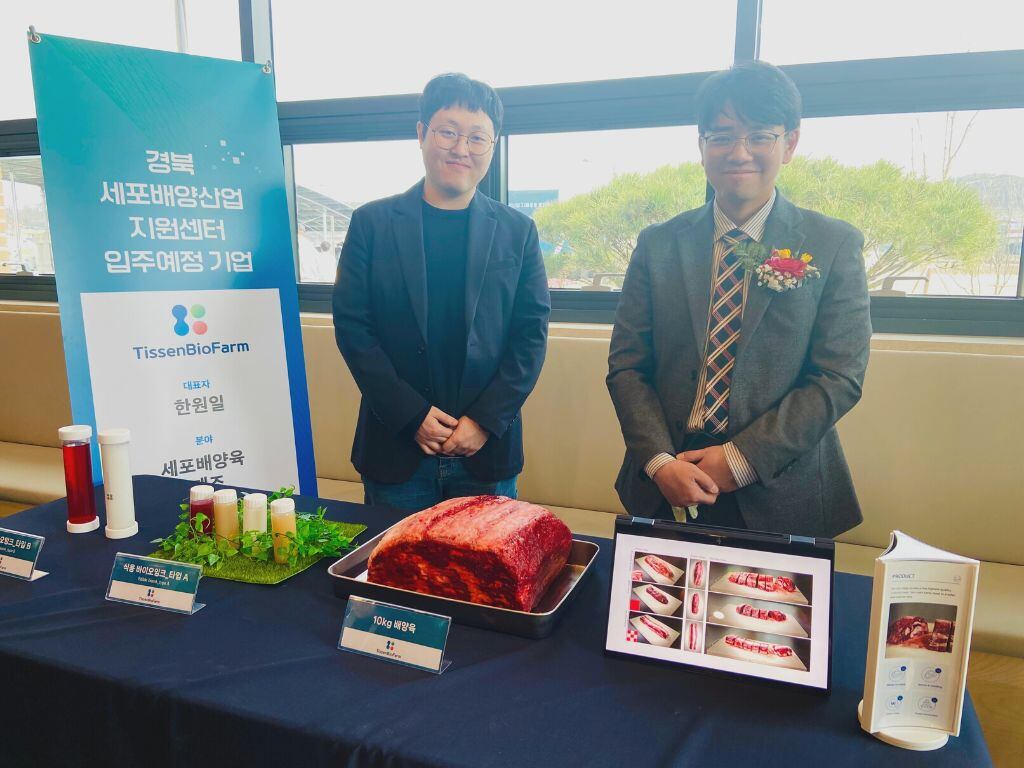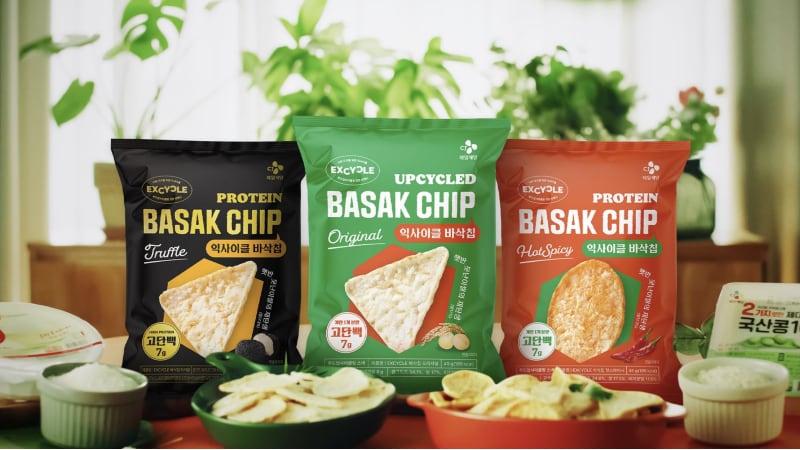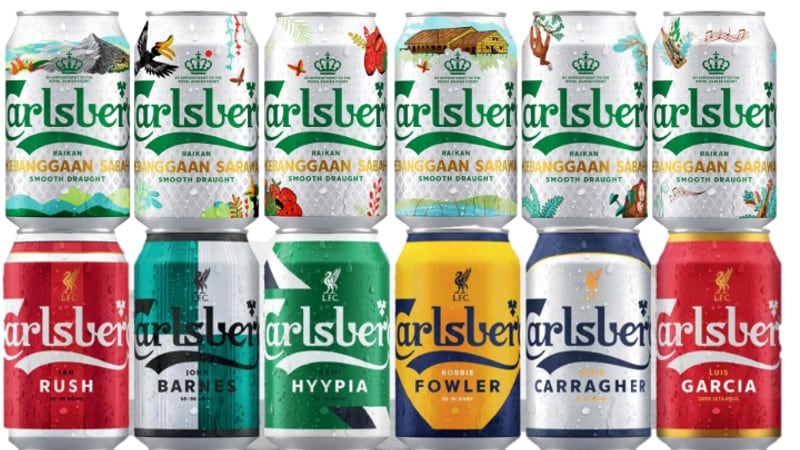Last month, it coincided its 10-kilogram hybrid, cultivated marbled beef prototype debut alongside the opening of the regional cellular agriculture support centre located in North Gyeongsang province.
Speaking to FoodNavigator-Asia, TissenBioFarm’s chief strategy officer, Yeonjoo La, said that while national regulatory agencies have been engaging with the industry, provincial governments are more “proactive” in implementing support initiatives.
“We recently signed an MOU with a regional government and other industry stakeholders to advance the cellular agriculture industry. There is a regional government called Gyeongsangbuk-do [North Gyeongsang province] which is planning to set up a new regulation-free zone, and companies can produce and sell final products with much less regulatory hurdles.”
South Korea’s regulations around cultivated meat
In South Korea, Ministry of Food and Drug Safety (MFDS) and Ministry of Agriculture Food and Rural Affairs (MAFRA) are the main agencies granting the approval for cultivated meat.
La added that MAFRA regulates the upstream supply chain such as the cell collection from livestock, while MFDS evaluates the end-product.
“MFDS plays a bigger role in terms of food approval and guaranteeing product safety. Recently, they published the draft amendment to the food code establishing specific food standards regulating alternative protein foods. However, this does not mean that they have allowed sales of cultivated meat or seafood.
“Any company wishing to sell cell-based food needs to apply for a temporary recognition of food ingredients. Once that’s passed, you’re given about two to three years for permission of use. If nothing happens in terms of safety issues, it becomes food ingredients recognised as safe or good for use,” she explained.
However, talks between the industry and regulator appear to be in the contemplation stage and there remains ambiguity in the approval timeframe for cultivated meat:
“I don’t have any information. No one has passed it through yet. An older start-up than us have been in talks with the Korean FDA, and have submitted some information. However, nothing has been confirmed and published. What I’m seeing is that it may take more time for the Korean government to move. It may not happen this or next year. My realistic expectation is around 2025.”
Market gap
TissenBioFarm was founded in November 2021 by a tissue engineer specializing in artificial organ research and development for more than seven years. Interestingly, La related that the technology for cultivated meat is similar of that used in stem cells, biomaterials, and 3D bioprinting for human artificial organs.

The start-up boasted its fabrication technology built on 3D bioprinting, which aims to tackle two gaps remaining in the cultivated meat space: (1) Limitations to produce at scale and in a cost-effective manner; (2) Realistic taste and texture.
“Some [cultivated meat] companies use 3D bioprinting. It’s a single nozzle printing the meat shape, but it’s very slow and not suitable for mass production. To overcome this challenge, we have developed the fabrication technology which allows us to make whole cut steaks with texture and marbling, and we can mass-produce it faster and cheaper. It is up to 8500 [times] faster. This enables us to produce 900 kilogram per day at full capacity.
“It also has biomimicry capabilities which allows us to produce meat structures with realistic textures, such as sirloin and ribeye."
Additionally, its other unique proposition is a proprietary edible bioink made from mushrooms and legumes, contrary to using scaffold. La explained that its bioink has a nutritional benefit and promotes cell growth in the cultivated meat product. A higher cell density provides more taste in the final product.
On cell culture, the start-up aims to eliminate the use of foetal bovine serum (FBS) – currently used in its prototype – entirely by the end of this year in its technologies.
Commercialisation hopes
The start-up is differentiating itself in developing “whole cut steaks with marbles.”
By the end of this year, it aims to roll out a three-kilogram 100% cultivated meat prototype, as well as optimise its technologies for a 50-kilogram plant-based meat prototype, mimicking a beef sirloin steak.
It hopes to eventually go to market by 2025 via business-to-business (B2B) partnerships, and to produce an estimated volume of 20 to 100 tonnes per year. Once that takes off, it will explore direct-to-consumer (D2C) channels.
La said that it is likely to launch into the US market first, given high market awareness and more concrete regulatory frameworks around cultivated meat.




